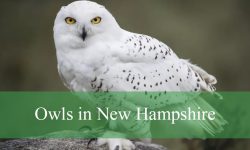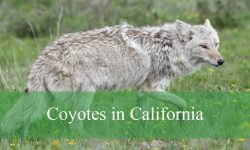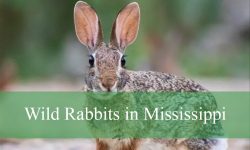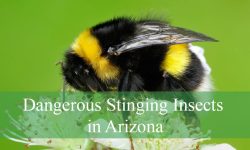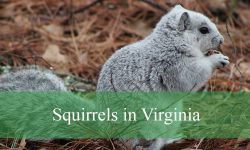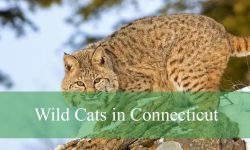Eagles have long been symbols of power and freedom across cultures, and in Kansas, their presence is both awe-inspiring and ecologically significant. The vast landscapes of the state, from its wide prairies to its rivers, lakes, and wooded areas, provide an ideal backdrop for observing these majestic raptors. Kansas sits within the migratory range of several eagle species, making it an excellent location to experience both year-round residents and seasonal visitors.
While many people immediately think of the Bald Eagle when imagining these birds, Kansas is home to more than just the nation’s emblematic species. From the golden-brown hunters of the open plains to the rare vagrants that occasionally pass through, the state offers opportunities to see four distinct types of eagles. Each of them has unique characteristics, behaviors, and preferred habitats that set them apart.
Understanding these eagles not only helps birdwatchers and nature enthusiasts appreciate them more but also supports conservation efforts. By knowing how to identify each species, where they are most likely to be found, and what makes their presence in Kansas special, we deepen our connection to the natural world. Below, we explore in detail the four types of eagles that can be encountered in Kansas, with insights into their identification, behavior, and ecological roles.
Bald Eagle in Kansas
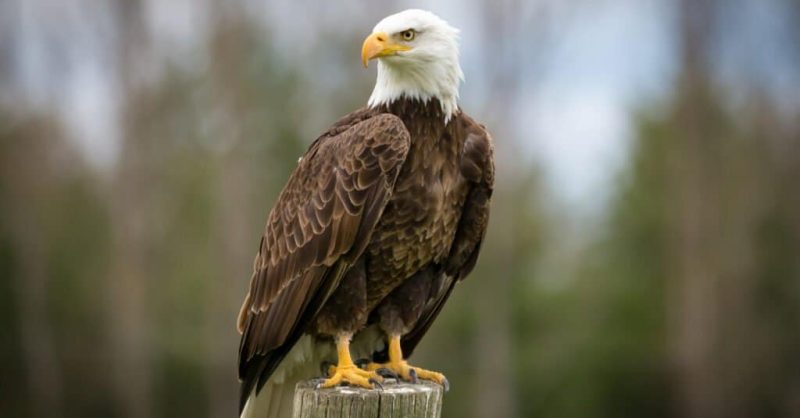
The Bald Eagle is the most iconic eagle in North America and the species most frequently observed in Kansas. With its striking white head and tail contrasting against a chocolate-brown body, the Bald Eagle is unmistakable once fully mature. Juveniles, however, often confuse observers since they lack the distinct white plumage and instead display mottled brown and white feathers until reaching adulthood at around five years of age.
In Kansas, Bald Eagles can be found near large bodies of water such as reservoirs, rivers, and wetlands. They rely heavily on fish for their diet, but they are also opportunistic feeders known to scavenge carrion or steal prey from other birds. This adaptability contributes to their successful presence throughout the state. Winter is the prime season to observe them, as northern populations migrate southward and gather in significant numbers along Kansas waterways where the water remains open and fish are abundant.
Nesting Bald Eagles have also become increasingly common in Kansas over the past few decades. Once considered rare due to habitat loss and pesticide use, their populations have rebounded dramatically thanks to legal protection and conservation measures. Today, pairs can be found nesting in tall cottonwoods or other large trees close to lakes and rivers. The sight of a Bald Eagle soaring above a Kansas reservoir is now a familiar and inspiring image for birdwatchers and casual observers alike.
Golden Eagle in Kansas

While the Bald Eagle may be the most familiar to Kansas residents, the Golden Eagle represents another spectacular species that calls parts of the state home. Larger and more powerful than many raptors, the Golden Eagle is recognized by its dark brown plumage accented with golden feathers on the back of its head and neck. Unlike the Bald Eagle, which often lingers near water, the Golden Eagle is a bird of the open spaces. It thrives in prairies, hills, and rocky outcrops, areas that Kansas provides in abundance, particularly in the western regions.
Golden Eagles are formidable hunters. Their diet consists mainly of mammals such as rabbits, hares, and ground squirrels, which they capture with breathtaking speed and precision. They are usually solitary birds, often seen gliding on thermal currents high above the plains as they scan for prey. Their wingspan can stretch over seven feet, allowing them to soar with minimal effort and cover vast areas in search of food.
Though less common than Bald Eagles in Kansas, Golden Eagles are most often observed during migration and winter. Their range includes much of the western United States, and they occasionally extend into the Great Plains during the colder months. For many bird enthusiasts, spotting a Golden Eagle in Kansas is a highlight, as these birds embody raw strength and wild beauty. The contrast between the open Kansas prairies and the commanding presence of a Golden Eagle creates an unforgettable wildlife experience.
White-tailed Eagle in Kansas
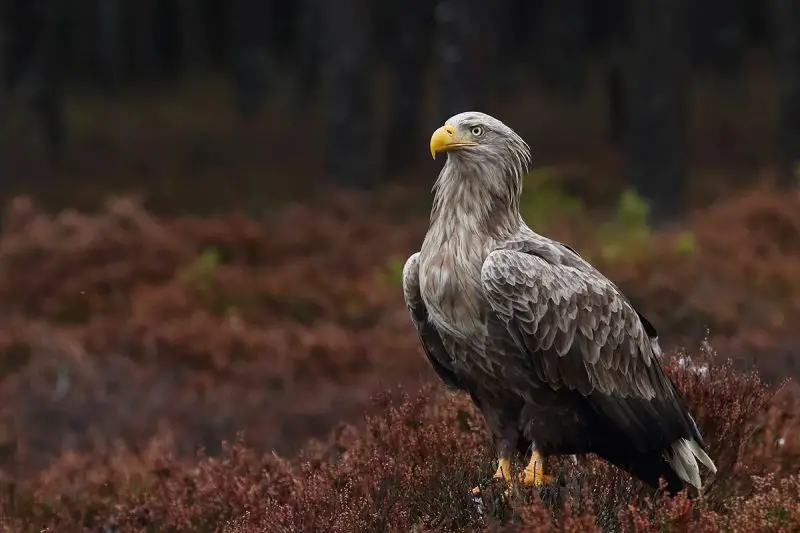
The White-tailed Eagle is an extremely rare visitor to Kansas but has been documented on rare occasions as a vagrant from its normal range. Native to northern Europe and Asia, this species is not part of the regular North American avian community, yet birdwatchers know that unexpected sightings can sometimes occur. When such an appearance happens, it becomes a once-in-a-lifetime opportunity for observers.
White-tailed Eagles are among the largest birds of prey in the world, with wingspans that can reach nearly eight feet. They resemble Bald Eagles in general structure but can be distinguished by their paler brown plumage, larger overall size, and the distinct wedge-shaped white tail that gives them their name. Unlike the crisp contrast of the adult Bald Eagle, the White-tailed Eagle’s coloring is more subdued, giving it a somewhat uniform brown appearance apart from the tail.
If present in Kansas, these birds would likely be seen around large lakes or rivers, as they share the Bald Eagle’s affinity for fish and water-associated prey. While not a regular resident or migrant, the possibility of encountering such a bird adds an element of excitement to eagle watching in Kansas. Birders remain ever hopeful for rare appearances, knowing that the state’s central location in North America sometimes allows for unusual species to stray into its boundaries.
Steller’s Sea-Eagle in Kansas
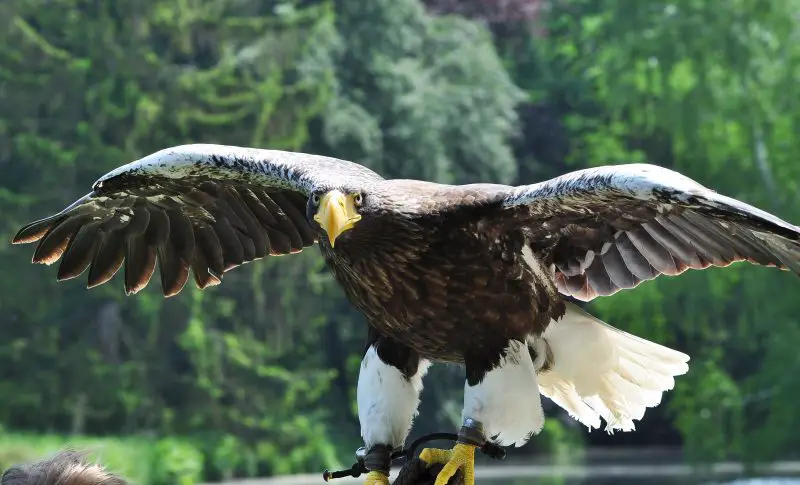
Perhaps even more remarkable than the White-tailed Eagle is the Steller’s Sea-Eagle, another rare vagrant species that has been reported in North America. Native to the Russian Far East and parts of Japan, this eagle has occasionally wandered far from its normal range. In recent years, a single individual became famous for traveling through several states in the U.S., sparking great excitement among the birding community. While its appearance in Kansas would be highly unusual, the possibility exists, and records of rare sightings in the broader region keep interest alive.
The Steller’s Sea-Eagle is one of the largest and most powerful eagles in the world. It is instantly recognizable by its enormous yellow bill, dark body plumage, and striking white patches on the shoulders, legs, and tail. This bird dwarfs even the Bald Eagle, with some individuals weighing up to twenty pounds and possessing wingspans over eight feet. Its presence commands immediate attention, and even a single sighting would draw birdwatchers from across the country to Kansas.
While not a regular species of Kansas, including the Steller’s Sea-Eagle in any discussion of the state’s eagles highlights the unpredictability and wonder of birding. The vast skies and waterways of Kansas may one day host such an extraordinary visitor again, reminding us of the interconnectedness of global ecosystems and the wide-ranging journeys that some birds undertake.
Identification Tips for Eagles in Kansas
Distinguishing between eagle species in Kansas requires attention to several key characteristics. Bald Eagles are best identified by their distinctive white head and tail, though immature birds can be confusing. Golden Eagles, by contrast, lack the white head and display golden-brown feathers on their necks, along with a more uniform dark appearance. Rare visitors like the White-tailed Eagle and Steller’s Sea-Eagle can be told apart by their overall size, plumage patterns, and in the case of the Steller’s Sea-Eagle, its massive yellow bill.
In flight, Bald Eagles tend to soar with flat wings, while Golden Eagles often hold their wings in a slight dihedral or “V” shape. Habitat can also help with identification: Bald Eagles stay close to water, while Golden Eagles favor open plains and uplands. Rare species, if encountered, are almost always associated with large bodies of water, making Kansas reservoirs key observation points.
Best Places to See Eagles in Kansas
Kansas offers excellent locations for eagle watching, particularly during the winter months when northern birds migrate south. Milford Lake, Perry Lake, Clinton Lake, and Tuttle Creek Reservoir are all prime spots for observing Bald Eagles in significant numbers. These areas provide both the food resources and roosting sites the birds require.
Golden Eagles are less predictable but can be spotted in the open landscapes of western Kansas, particularly near rocky bluffs and rolling grasslands. For the rare chance of encountering a vagrant White-tailed or Steller’s Sea-Eagle, birders should remain alert at major reservoirs and follow local birding reports that often spread quickly when rare species appear.
Conservation and the Future of Eagles in Kansas
The story of eagles in Kansas is also a story of conservation success. Bald Eagles, once endangered due to pesticide use and habitat destruction, have made a strong comeback. Today, Kansas supports both wintering populations and nesting pairs, a testament to decades of protective efforts. Golden Eagles, though never as numerous, benefit from the preservation of open habitats and the protection of prey species.
Maintaining healthy eagle populations requires continued attention to habitat conservation, pollution control, and public awareness. Kansas plays an important role in providing winter refuge and nesting areas for these birds, ensuring that future generations will continue to see eagles soaring across the prairie skies.
FAQs about Eagles in Kansas
When is the best time to see eagles in Kansas?
The best time to see eagles in Kansas is during the winter months, especially from December through February. During this time, Bald Eagles gather in large numbers near reservoirs and rivers where water remains unfrozen.
Are Bald Eagles found year-round in Kansas?
Yes, Bald Eagles are now year-round residents in Kansas. While most are present in winter, an increasing number of nesting pairs stay throughout the year, raising young near lakes and rivers.
How can you tell the difference between a Bald Eagle and a Golden Eagle?
Bald Eagles have a white head and tail when mature, while Golden Eagles are uniformly dark with golden feathers on the back of the neck. In flight, Golden Eagles often hold their wings in a slight V, whereas Bald Eagles soar with flatter wings.
Have White-tailed Eagles or Steller’s Sea-Eagles been seen in Kansas?
These species are considered rare vagrants. While not common residents, occasional reports and the possibility of unusual sightings keep birders alert for them in the state.
Conclusion
Eagles in Kansas represent both familiar sights and thrilling rarities. The Bald Eagle, with its dramatic recovery and growing nesting population, is now a dependable presence across the state. The Golden Eagle, though less common, adds another layer of majesty to Kansas skies. Rare visitors like the White-tailed Eagle and the Steller’s Sea-Eagle remind us of the unpredictability of migration and the excitement of birding.
By learning to identify these species, exploring Kansas’s reservoirs and prairies, and supporting conservation efforts, anyone can experience the awe of watching eagles in their natural habitats. Whether it is the steady glide of a Bald Eagle over a winter lake or the rare glimpse of a Golden Eagle above the prairie, these encounters connect us deeply with the wild spirit of Kansas.

